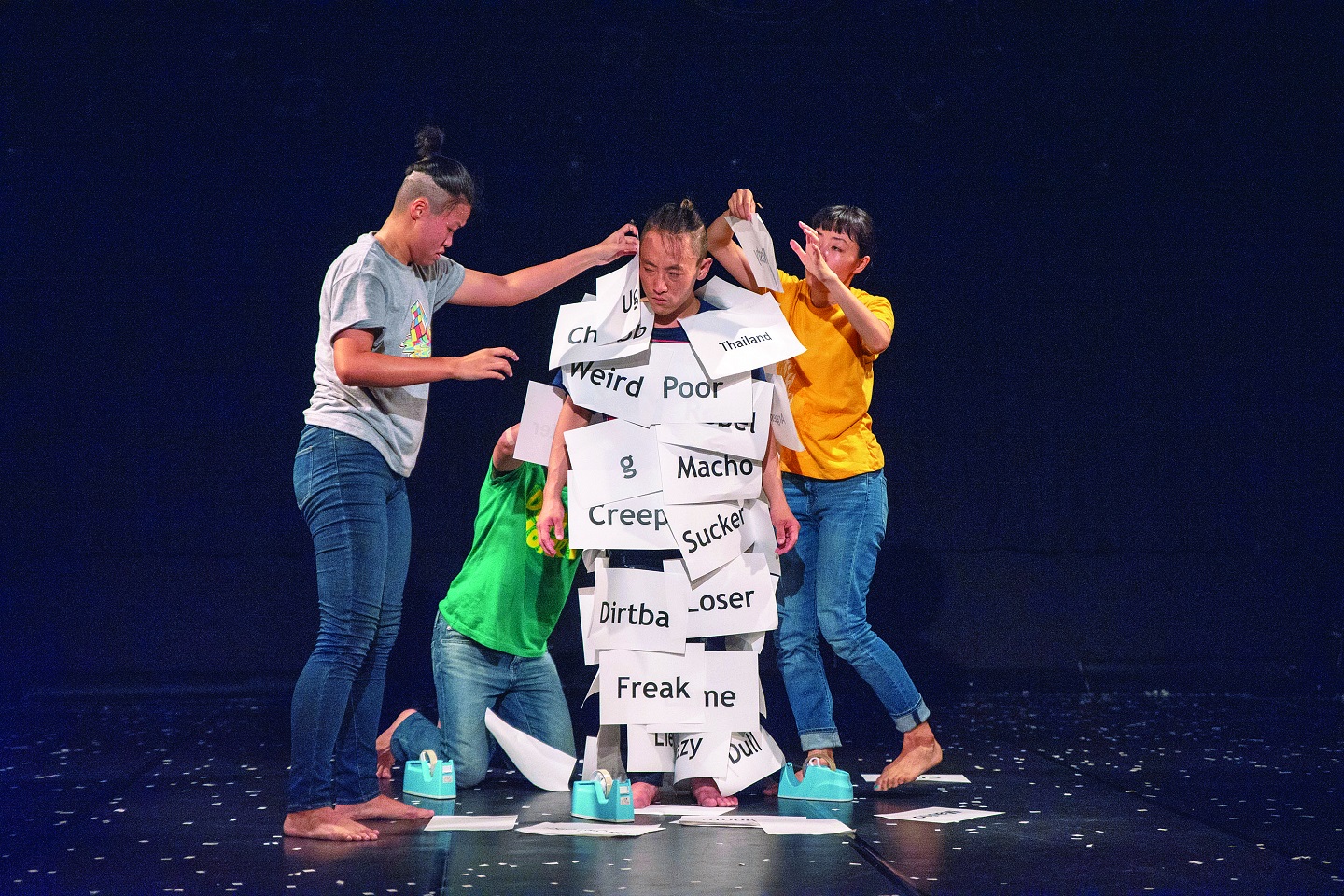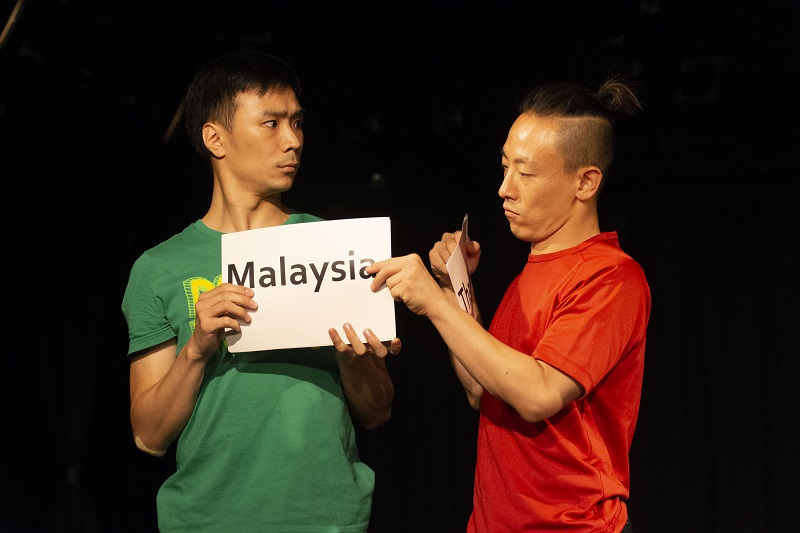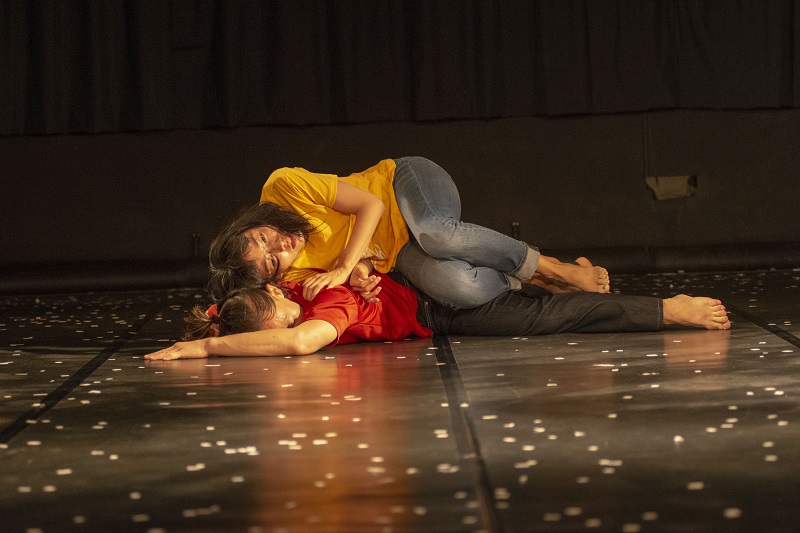
The Strangers isn't so much pure dance as it is perhaps a non-verbal play based on the movement of dance (All photos: DPAC)
the_strangers_okinawa_2.jpg

“When the show was proposed, the first idea that came to my mind was how many familiar people in our lives are treated as strangers. We think we know them when we likely don’t. That is why I knew this work must be an international one, especially in crossing over to Asia and building a bridge here,” says the dancer turned director, who is well known for his cultural works that often raise philosophical and political questions.
Kees goes on to describe how the work is told through “images and scenes”, with movement that resembles miming and physical theatre. The dancers also interact with the audience through written cues and even photographs of themselves. In each of these scenes, the differences addressed run the gamut of nationality, gender, economic status and more. Through humour alternated with desperation and frustration, the audience journeys with the dancers in search of empathy and, ultimately, belonging.
“A priority when I make a play is that it has to be, at some level, entertaining. But I see it more as poetry than a novel in that it may affect you the same way a Shakespearean sonnet or a haiku would. I think the play works a lot in that way, expressing the emotions of belonging, or not belonging, or how it feels to have people create their own ideas about who you are. It becomes easily grasped. Even people who don’t understand dance can enjoy this work because it is said that drama is like life, so we are showing the feelings of daily life in the form of a performance,” he says.
the_strangers_okinawa_8.jpg

Kuala Lumpur-born Kan, who is currently based in Taipei, agrees. Calling it a tragi-comic theatre piece, he says the challenge is to present what can be a complex and emotional narrative through dance alone. “But I think it’s not about just watching movements, but watching another human being who may share the same traits or background as you. In that way, dance is very direct because you feel it — it is a kinaesthetic experience, not just an intellectual one.”
The National Academy of Arts Culture and Heritage (ASWARA) alumnus, who went on to train in Taipei National University of Arts and the Korea National University of Arts on scholarships, performs a solo in The Strangers, for which he initially auditioned in Seoul.
Praising Kees’ work, Kan says the incorporation of each dancer’s personality and background allowed him to revisit his roots, his character and even his family through the photographs shown to the audience.
“Then, in my solo, I have the freedom to express myself fully, and demonstrate my own process of transformation. The choreography is very inspiring and opened my mind to this thought, ‘Inside, there is always another me, and it is great to explore more of it’,” he adds, reiterating the tagline of the show, “Accept [it]! Everybody is different”.
The Strangers will be performed on July 13 (8pm) and 14 (3pm) at the Black Box, Damansara Performing Arts Centre, Empire Damansara, Damansara Perdana. Tickets are priced at RM68. Click here to purchase.
This article first appeared on July 8 in The Edge Malaysia.


